Oil Drilling Coming to the Everglades?
Is oil drilling coming to the Everglades?
This request came from Dr. Karen Dwyer in Naples, Florida:
“Join us, March 11, in Naples and bring as many people as you can. This is an URGENT REQUEST. The federal EPA is flying in for a hearing that could decide the fate of Florida water and open the door to Everglades drilling. We need to act fast and get big. It’s time to show just how strong and far reaching opposition is to Everglades drilling. We need you at the hearing to say “NO” to the injection well. March 11. Clean water not dirty drilling. See you in Naples!”
If you fish or bird watch in Everglades National Park, if you don’t want the door swung wide open to oil drilling in or off the beaches of Florida, you need to sport these folks any way you can. For more information visit this link…
Help stop oil drilling coming to the Everglades!
John Kumiski



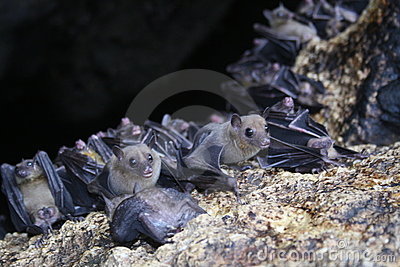
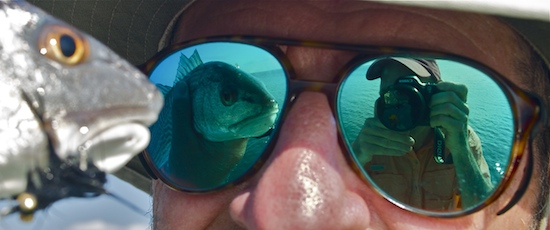

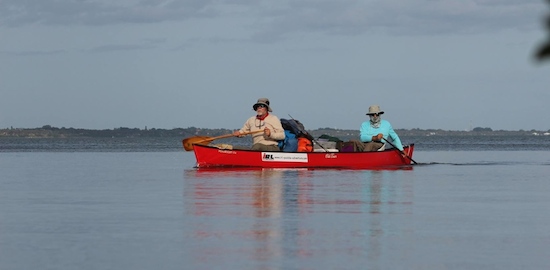
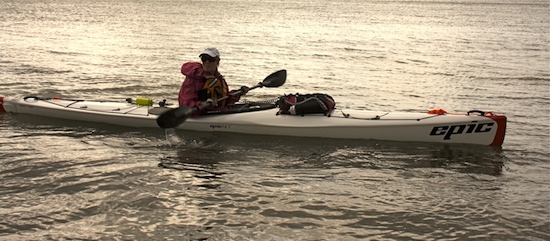
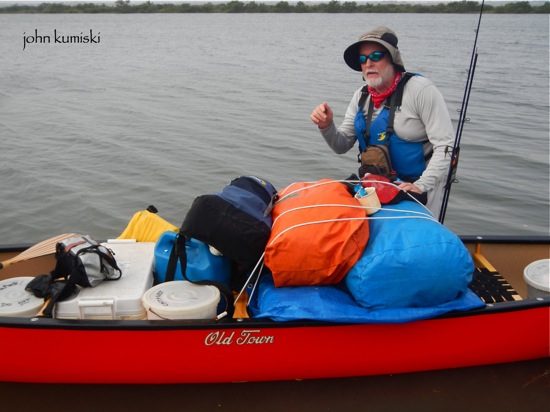
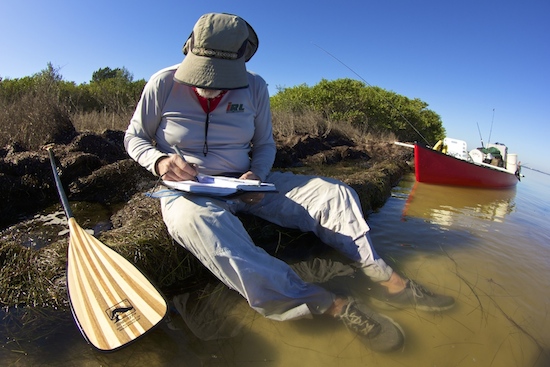


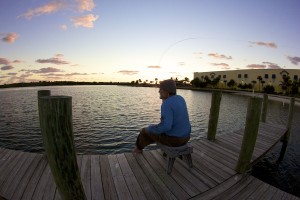


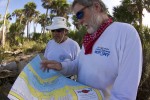


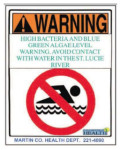
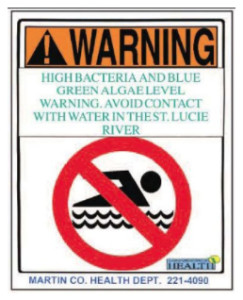
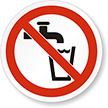
Recent Comments